creekwalker
Jr. Member
Walked a new creek system today for the first time. Found several pieces of flint but not much else in the way of an "arrowhead". On the way back to the truck, fate intervened and I noticed an odd looking stone. When I picked it up, I was thrilled to discover that it was actually a super sweet grinding stone. It has a deep indention and the diameter is about the size of a softball. You can see the grooves of where it was ground down with repeated use. Again, I don't know what prompted me to focus on this particular stone, as it looked like a lump of clay sitting there. I had already gone stone-blind from staring at piles of rocks for 3 1/2 hours. I guess seeing the pebbles resting on top of the stone tipped me off that something was up. The photos just can't convey what the relic really looks like. It's a no-brainer archaic artifact. Pretty cool! Never know what you'll find. Maybe it's mate, the pestle will turn up someday. The moral of the story is "never give up, believe that you WILL find what you're looking for!". May the new year bring hope and cheer.......Creekwalker
Amazon Forum Fav 👍
Attachments
Upvote
0



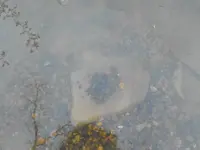
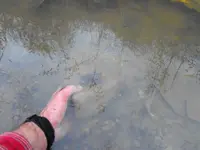
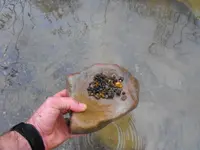
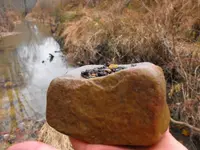

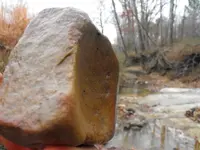

 Please excuse my lack of knowledge when it comes to artifacts like this.
Please excuse my lack of knowledge when it comes to artifacts like this. 





